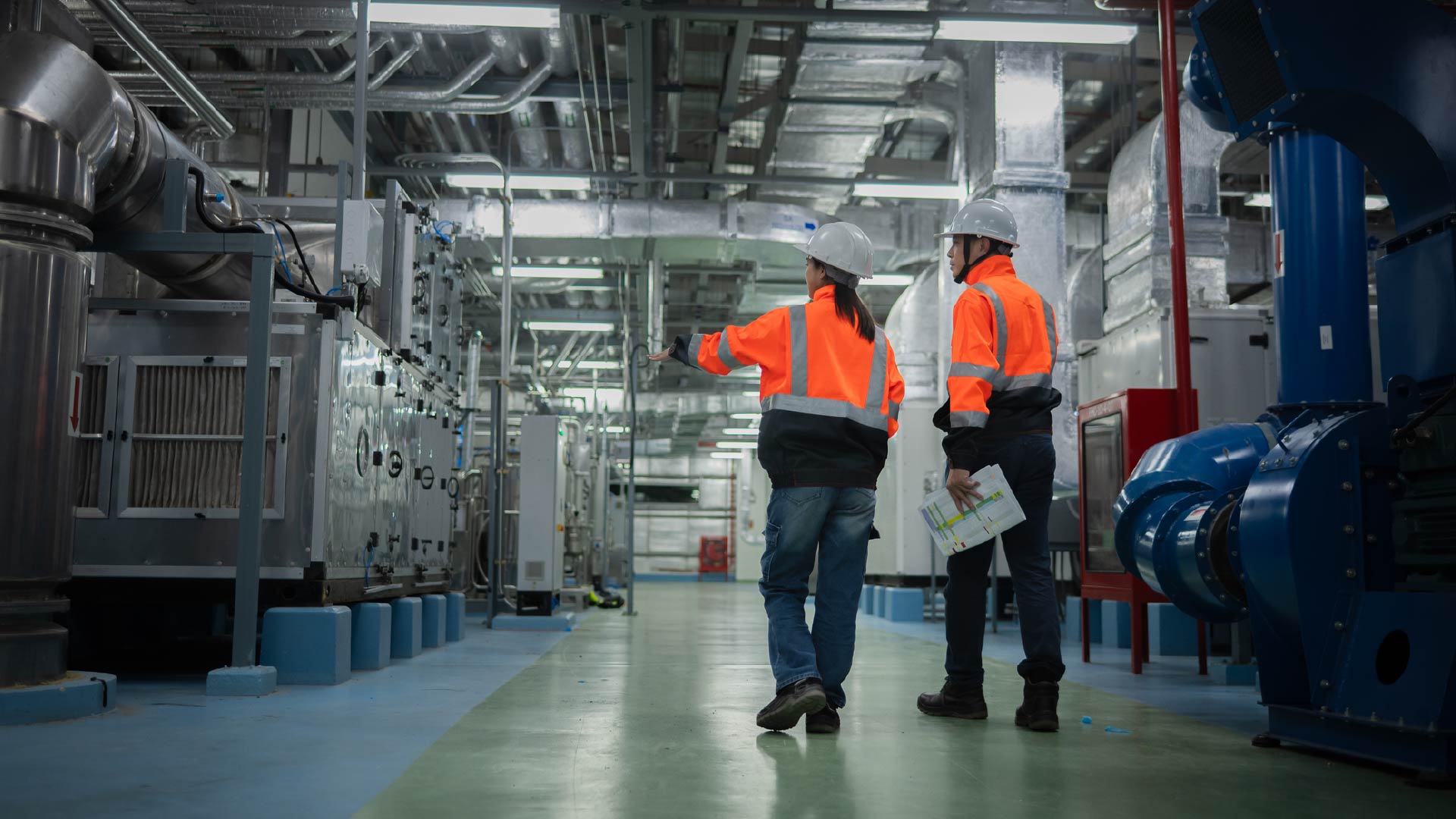Handling The Heat Like A Pro
The EU Corporate Sustainability Reporting Directive (CSRD) – one of the most influential pieces of ESG regulation – identifies four key types of physical climate risks to businesses. These are temperature, wind, water and solid-mass-related. Physical climate risks are top of mind for EHS practitioners; 1 in 2 EHS leaders in the 2024 Verdantix EHS global corporate survey stated that adapting EHS processes to better manage physical climate risks will be very impactful on EHS performance over the next two years.
Heat stress, a type of temperature-related risk, is the most significant of these physical climate risks for many businesses. The hugely material nature of heat stress is apparent in the US, which has recorded almost 500 deaths per year from excessive heat between 2011 and 2022. Consequently, there are now reports of the federal government implementing new regulations to protect workers from excessive heat.
The risk of heat stress is prominent in nearly every sector and region. It is a common misconception that heat-related incidents only occur in the summer or in hot climates. Excessive amounts of heat can be generated by the body’s metabolic processes when undertaking physical activity and heavy machinery operating in confined spaces. In other words, heat stress is not solely dependent on the Sun.
From manufacturing plants in temperate zones to outdoor construction in hot climates, individuals everywhere are at risk, and it doesn't require a disaster event to be dangerous – even moderate temperature rises can compromise the safety of workers.
So, to reduce worker risks in extreme heat, EHS practitioners should take a proactive approach to managing heat stress risks. This could involve using technologies like learning management systems to upskill workers who may not already have had training to work in the heat. For instance, SafetySkills provides a range of courses that educate workers on identifying heat stress and on methods of prevention.
Similarly, occupational health software offerings – like those analysed in the upcoming Verdantix Smart Innovators: Occupational Health Software (2025) – can help EHS practitioners manage employees’ suitability for working in the heat. Heat is notorious for exacerbating chronic illnesses like asthma, chronic kidney disease, hypertension, Type 2 diabetes and cardiovascular disease. Occupational health software streamlines and augments the administration of fitness for work assessments before work begins to ensure any work undertaken in the heat is appropriate and does not trigger cause for concern. Furthermore, smart devices like wearables and IoT monitoring tools can detect all three types of heat: environmental, metabolic and machinery-induced. These devices can give alerts to workers to stop work when it becomes too hot.
To learn more about heat-related risks, watch the Hazardously Hot: Keeping Workers Safe As Global Temperatures Rise webinar on demand.
About The Author

Moses Makin
Industry Analyst





